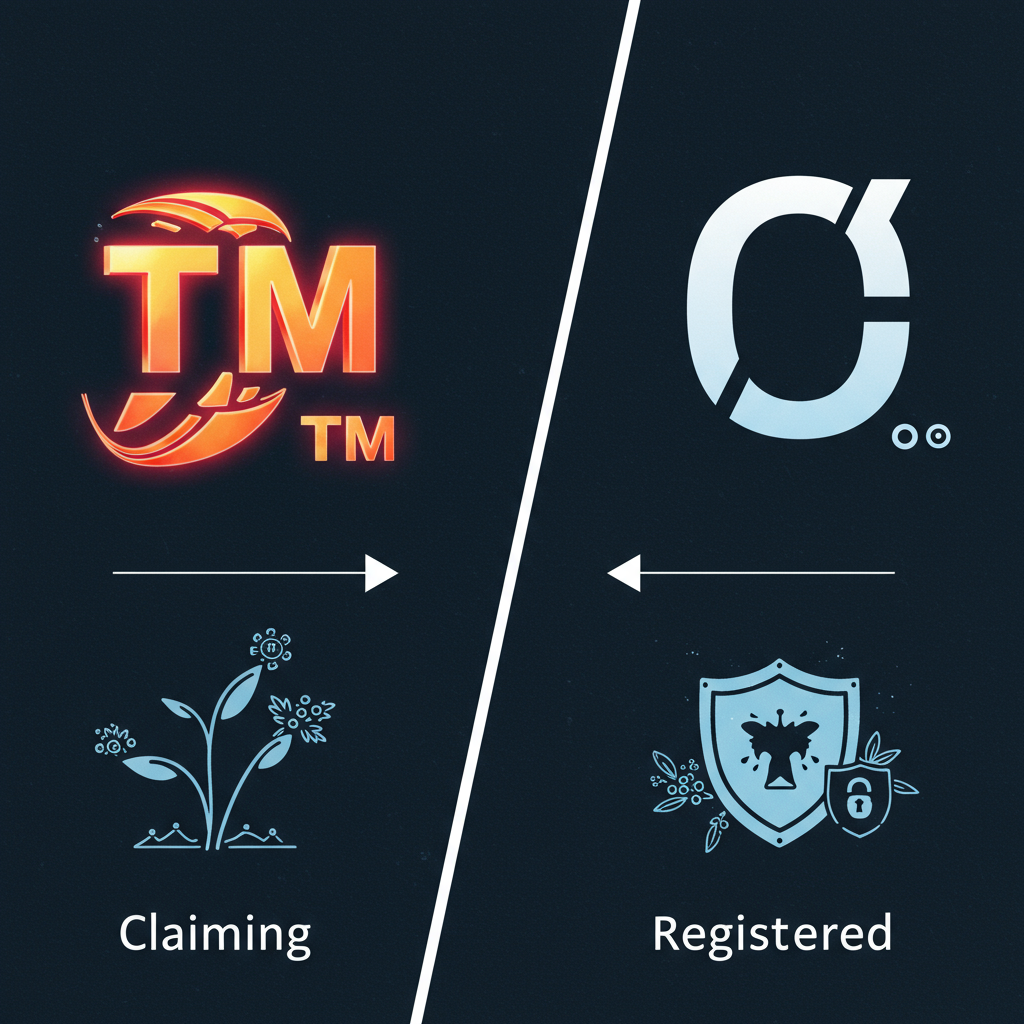How to Avoid Losing Trademark Rights: An Aussie Guide to Brand Protection
How to Avoid Losing Your Trademark Rights: Keep Your Aussie Brand Battle-Ready!

You’ve done the hard yards. You’ve brainstormed the perfect name, crafted a killer logo, and secured your trademark registration with IP Australia. Cheers to that! But here’s the crucial truth: getting a trademark is just the first lap in the marathon. Maintaining a registered trademark is a long-term responsibility, a bit like looking after a prized Holden – it needs consistent care to stay in top shape.
Ignoring your trademark after registration is like leaving your front door unlocked; it invites trouble. We’re about to explore the common pitfalls that can lead to the loss of trademark rights and arm your Australian business with the strategies to keep your brand ironclad.
Legal Grounds for Losing a Trademark in Australia: The Unfortunate Pitfalls
A registered trademark is a powerful legal asset, but it's not set-and-forget. IP Australia, or a savvy competitor, can challenge or even cancel your registration on several grounds:
- Non-use for three years: This is a big one! If your trademark isn't genuinely used in the market for a continuous period of three years (from the date your registration is officially entered on the Register), someone can apply to IP Australia to cancel it. Use it or lose it, mate!
- Becoming generic: As we covered previously, if your brand name becomes the common term for a whole category of goods or services (like "aspirin"), it loses its distinctiveness and thus its legal protection.
- Improper or inconsistent use: If you constantly chop and change your logo, spell your brand name differently, or apply it inconsistently, you risk diluting its distinctiveness.
- Failure to renew registration: Trademarks don't last forever without intervention. If you miss the renewal deadline, your precious registration can lapse and be removed from the Register.
Proper Trademark Usage Guidelines: Consistency is King!
Your trademark is your brand's unique handshake with the world. To keep it strong, always use trademarks consistently and accurately across all platforms:
- Logos: Stick to the approved colours, fonts, and dimensions. Don't stretch, squash, or recolour it on a whim.
- Names/Slogans: Spell them correctly every single time. Use proper capitalisation.
- Use ™ or ® symbol where appropriate: As we discussed, this is a visual cue to the world that your mark is claimed or registered. It reinforces its status as a brand identifier.
- Avoid alterations in spelling, formatting, or branding that could dilute distinctiveness: Even small, seemingly insignificant changes can chip away at your trademark's strength over time. If you plan a significant rebrand, assess the need for new trademark applications.
Documenting Use of the Trademark: Your Evidence Trail
Imagine someone challenging your trademark, claiming you haven't used it. Your best defence? Rock-solid proof! Keep dated evidence of use of your trademark. This isn't just a good idea; it's critical during disputes or cancellation challenges.
What kind of evidence?
- Product packaging (with dates)
- Advertisements (print, digital ads, TV commercials – with dates)
- Invoices showing sales of branded goods/services
- Website screenshots (dated, showing your brand in use)
- Marketing materials (brochures, flyers, social media posts)
Develop tools and systems for archiving brand usage history. This could be a simple digital folder, a cloud storage system, or even dedicated brand asset management software. Being able to quickly pull up proof of continuous, genuine commercial use is invaluable.
Renewing Your Trademark in Australia: Don't Miss the Deadline!
This is a simple one, but easily forgotten: trademarks last 10 years from the date of filing in Australia. After that, they expire. To keep your protection alive, your trademark must be renewed every 10 years through IP Australia.
IP Australia generally sends out renewal reminders, but don't rely solely on them. Set up your own reminder systems for Australian businesses – calendar alerts, notes to your lawyer, or even a good old-fashioned sticky note on the fridge. Missing a renewal can be a costly mistake, potentially forcing you to re-apply and lose priority rights.
Avoiding Generic Use in the Market: Be Your Brand's Best Advocate
To prevent the dreaded genericide:
- Monitor how the public and media refer to your trademark: Regular online searches, media clipping services, and social listening can help you spot misuse early.
- Run educational campaigns for retailers and distributors: Provide clear brand guidelines for anyone selling your products or services, showing them how to correctly refer to your brand (e.g., "XYZ® brand soft drink," not just "XYZ").
- Send notices to correct improper brand usage: Politely but firmly request corrections from journalists, bloggers, or anyone else using your brand name generically.
Enforcing Trademark Rights Consistently: Don't Let Infringers Get Away!
A trademark that isn't defended is a trademark that loses its power. Enforcing your trademark rights consistently is vital:
- Send cease & desist letters to infringers: This is often the first, and most effective, step to stop others from using your confusingly similar mark.
- Monitor digital spaces and eCommerce for copycats: The internet is a wild west for brand infringement. Regularly check online marketplaces (eBay, Amazon), social media, and domain registrations for unauthorised use of your brand.
- Use legal action through the Federal Court of Australia if necessary: If a cease and desist letter doesn't work, you may need to escalate to court action to protect your exclusive rights.
Licensing and Third-Party Use: Control is Key!
If you’re allowing others to use your trademark (e.g., through a franchise agreement or a product collaboration), you need a tight grip on how they use it.
- Carefully drafted licensing agreements: These legal documents must clearly define the scope of use, quality control standards, and proper brand representation.
- Ensure all licensees use the mark as per your brand standards: Don't let your licensees run wild with your brand. Provide comprehensive brand guidelines and ensure they stick to them.
- Periodic audits of third-party marketing materials: Regularly check how your licensees are using your trademark in their advertising, packaging, and online presence to ensure compliance.
Dealing with Non-Use Removal Applications: Defend Your Turf!
If someone formally challenges your trademark for non-use with IP Australia, you'll need to jump into action. To defend your registration, you must be able to show:
- Genuine commercial use: This means actual use in the course of trade, not just token use to keep the registration alive.
- Intent to resume use in the market: If there has been a period of non-use, you might be able to argue that you had a genuine intention to resume use and that the non-use was due to circumstances beyond your control.
Navigating this legal process for defending your registration requires careful preparation and often legal advice.
Conclusion: Trademarks – Your Brand's Long-Term Guardian
It's clear: trademarks are invaluable assets, but they demand proactive management. They're not just a registration certificate; they're a living, breathing part of your business that requires ongoing care and attention.
For every Aussie business, it's essential to set internal policies to maintain consistent and visible use of your trademarks. Educate your team, monitor the market, and don't hesitate to use legal tools and expert advice to protect your IP long-term. Your trademark is your brand's best mate, and looking after it properly ensures your business remains strong, distinctive, and protected for decades to come!











